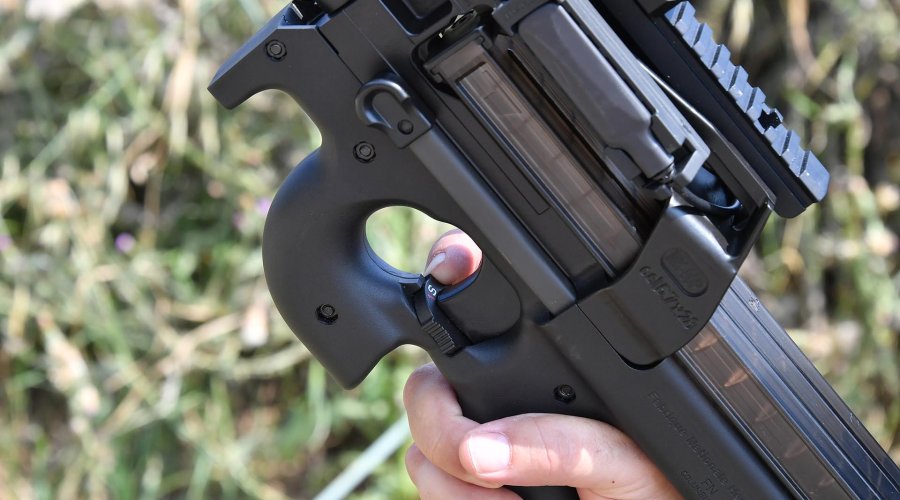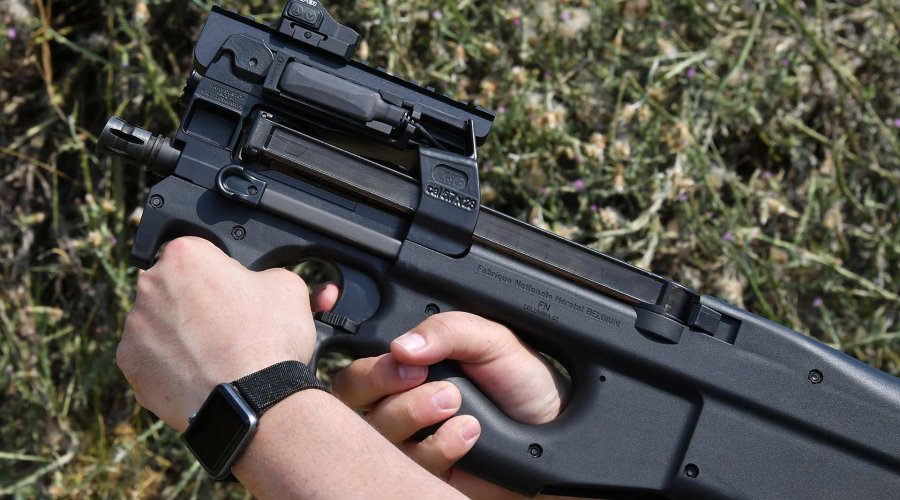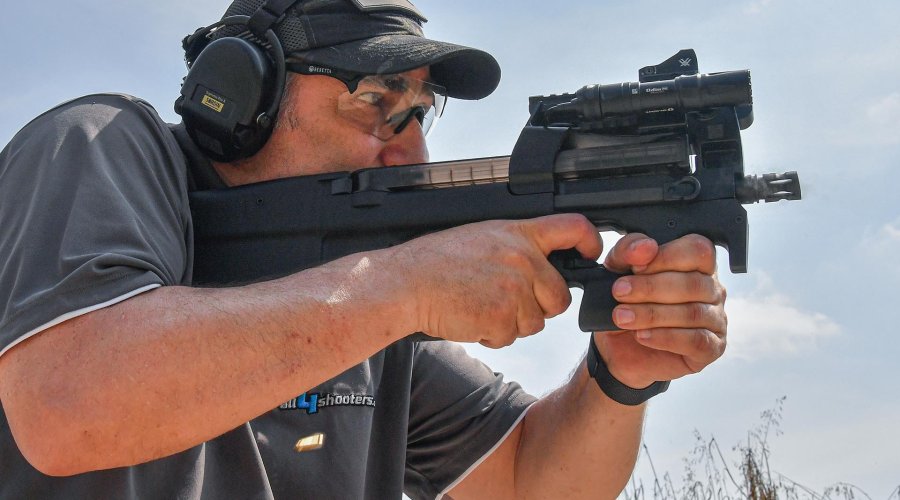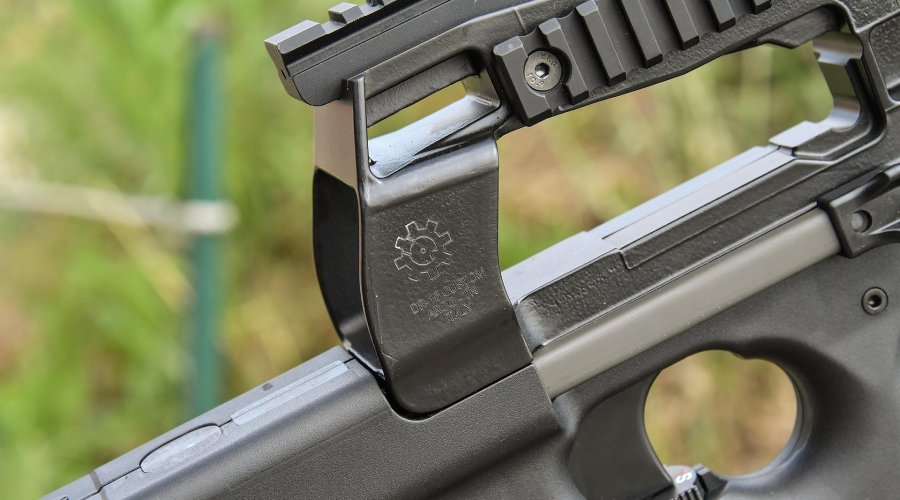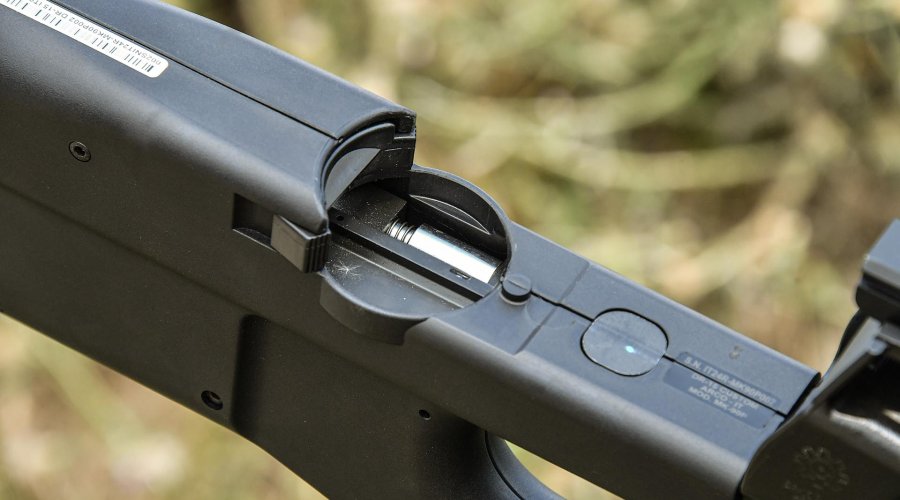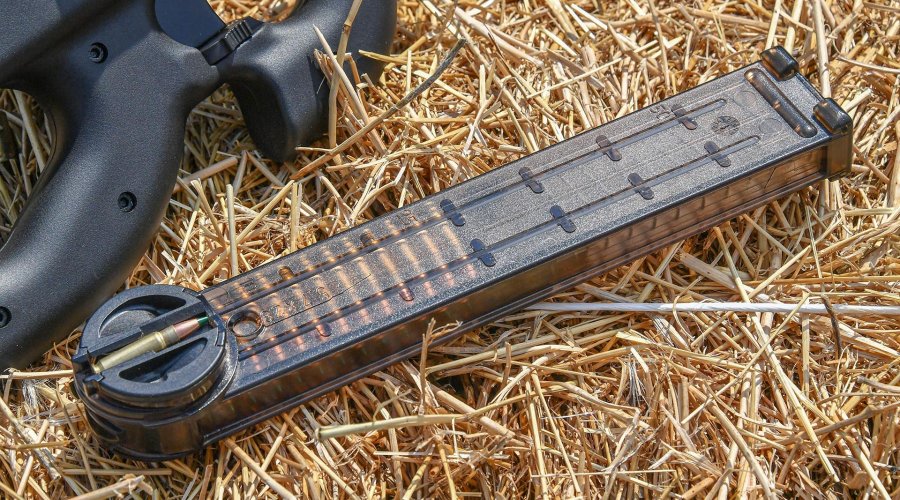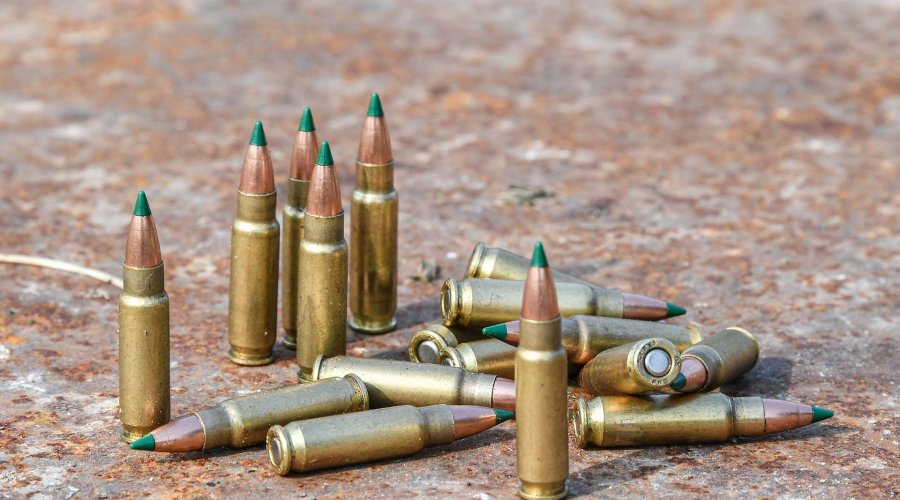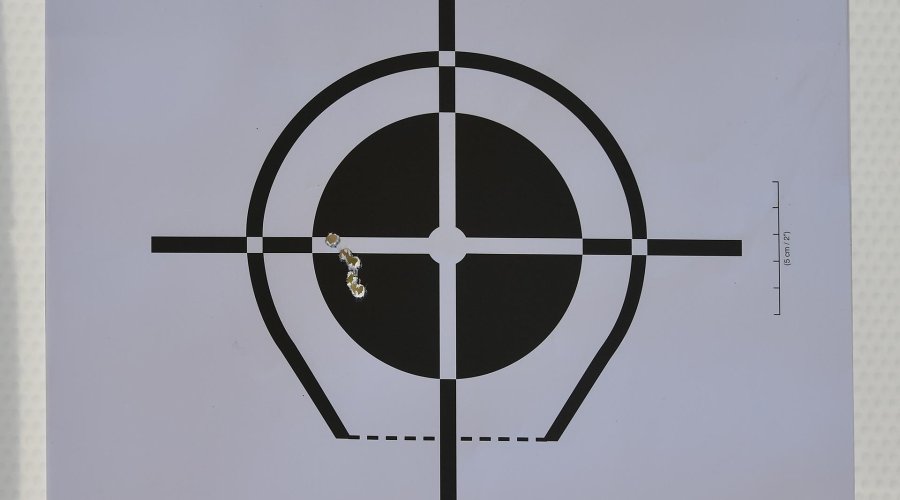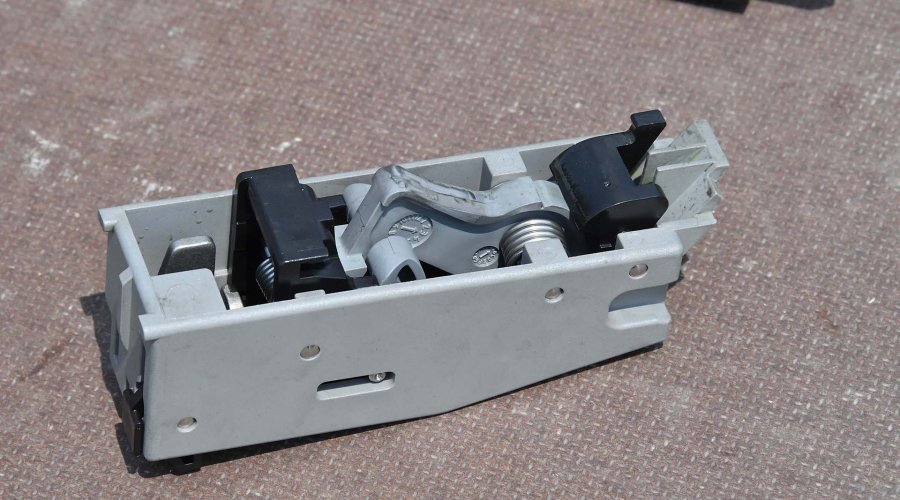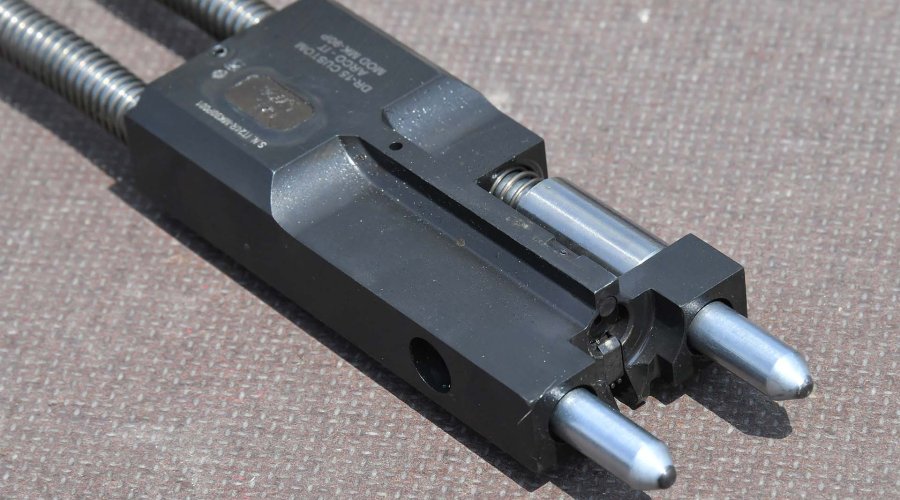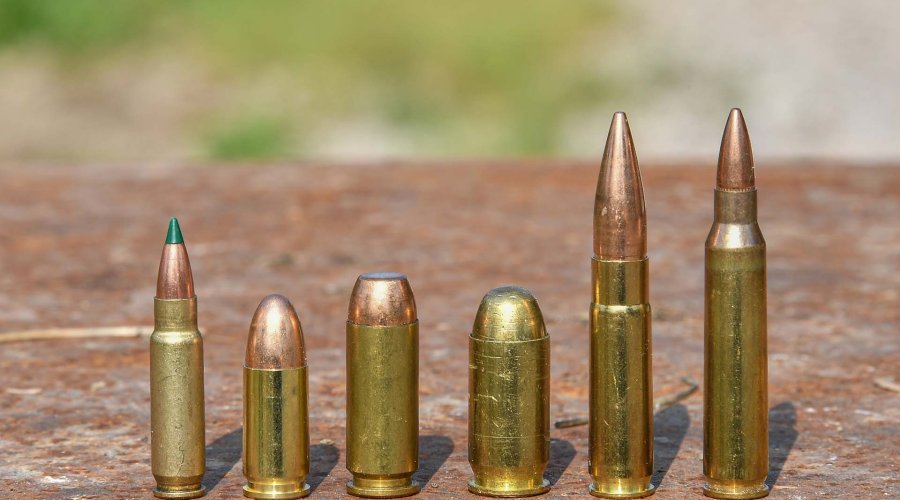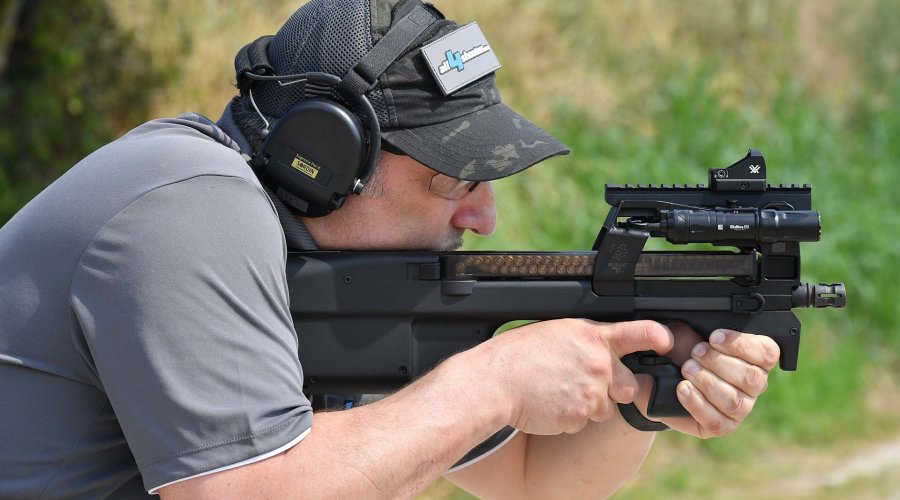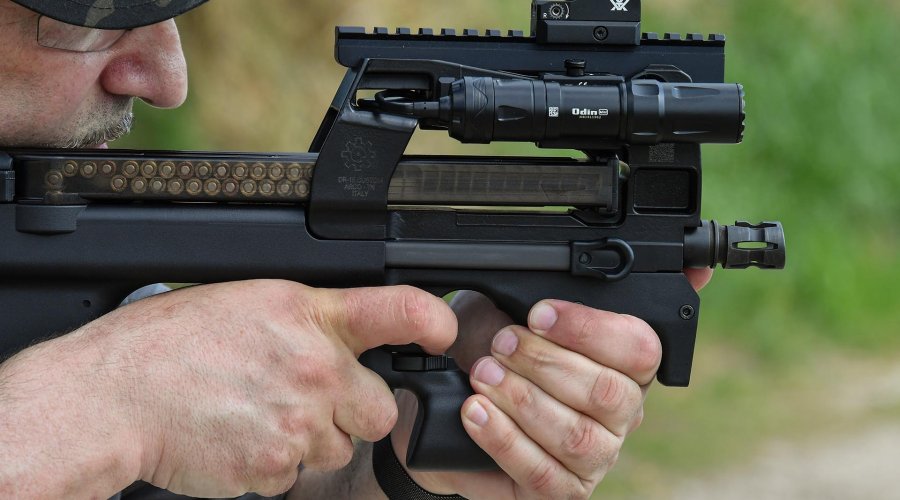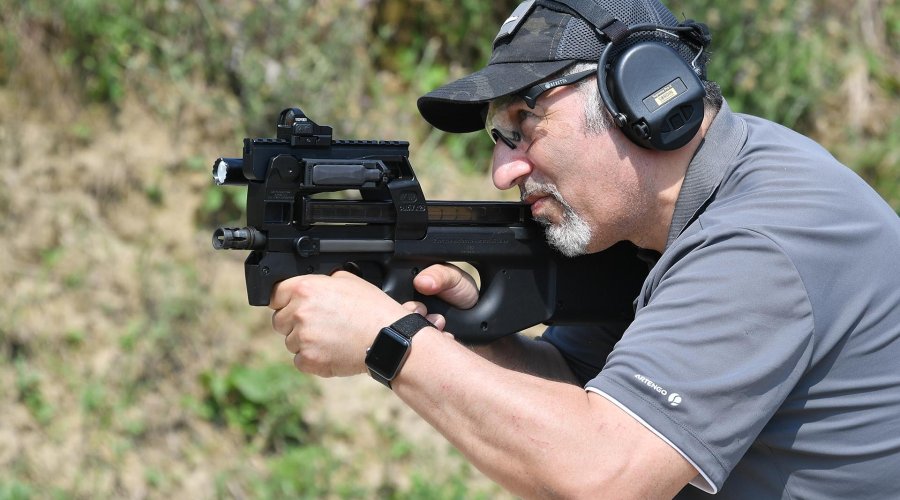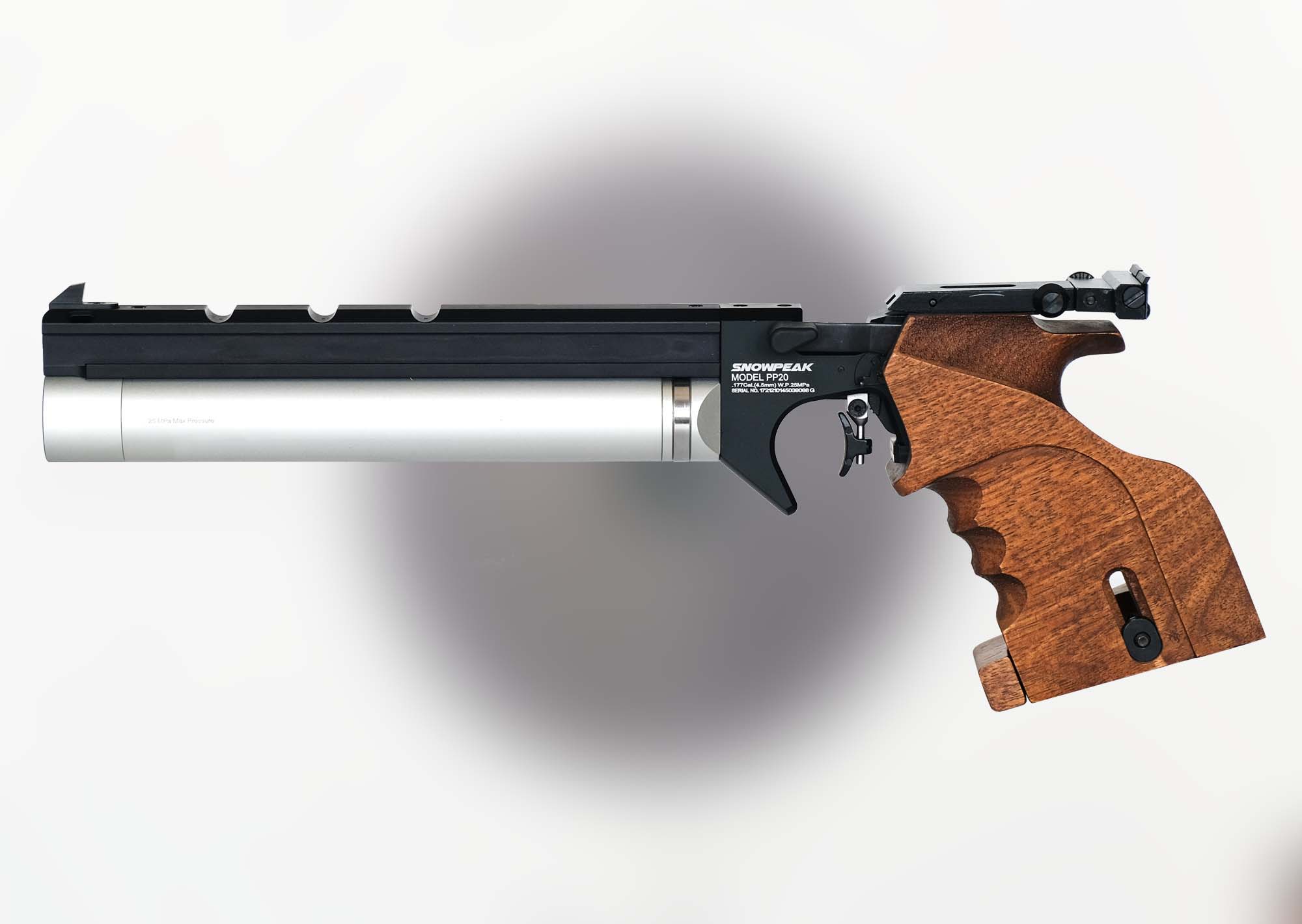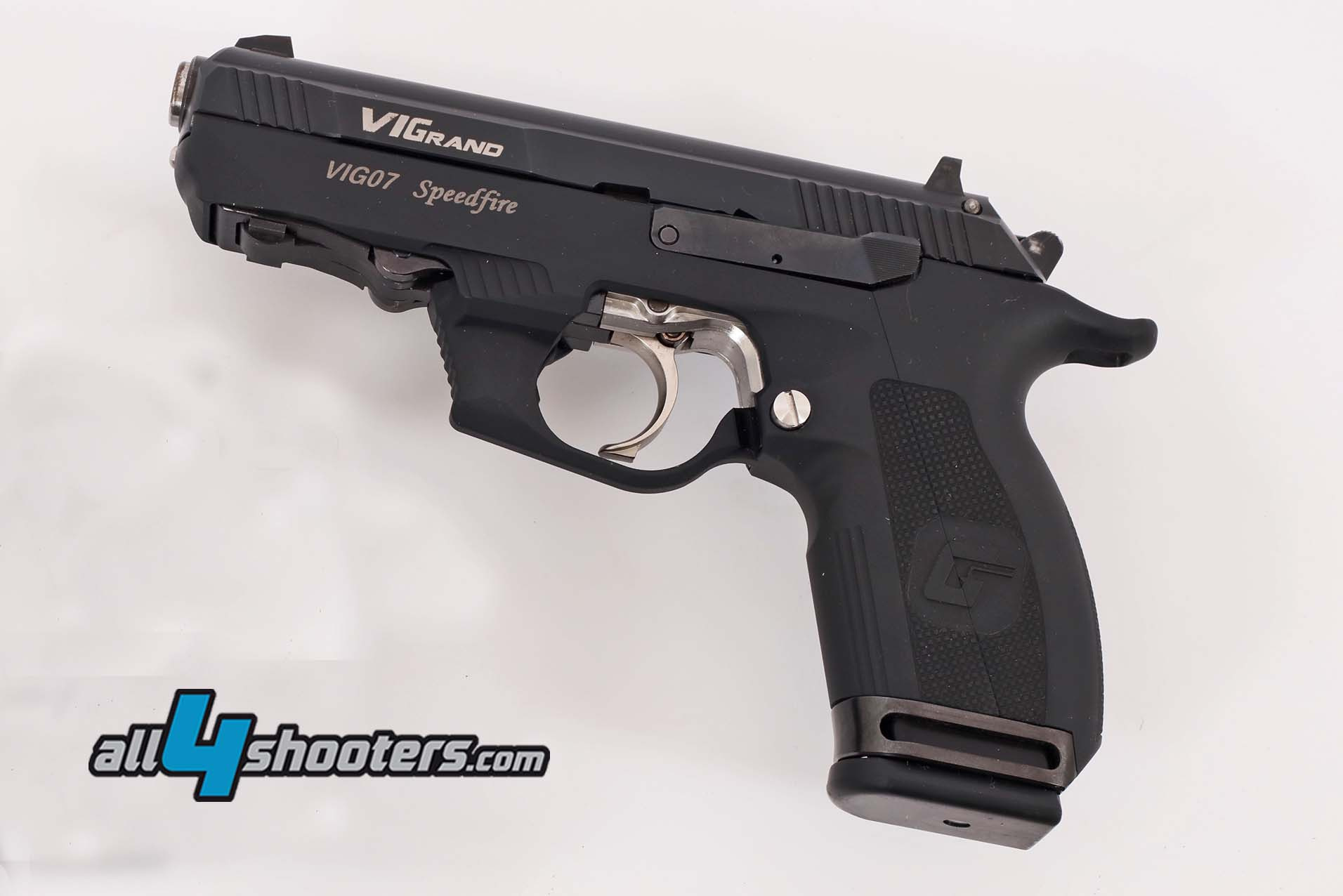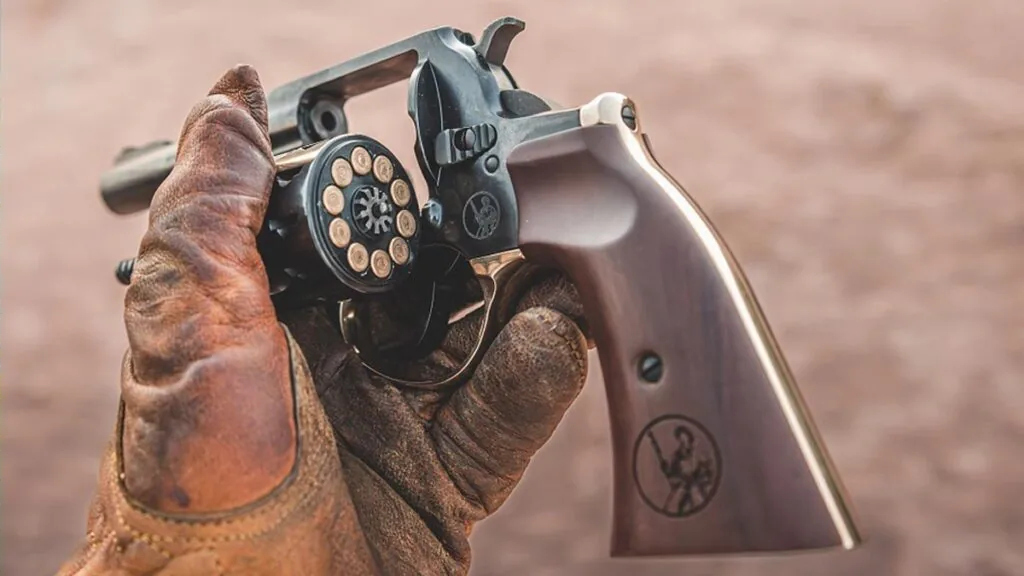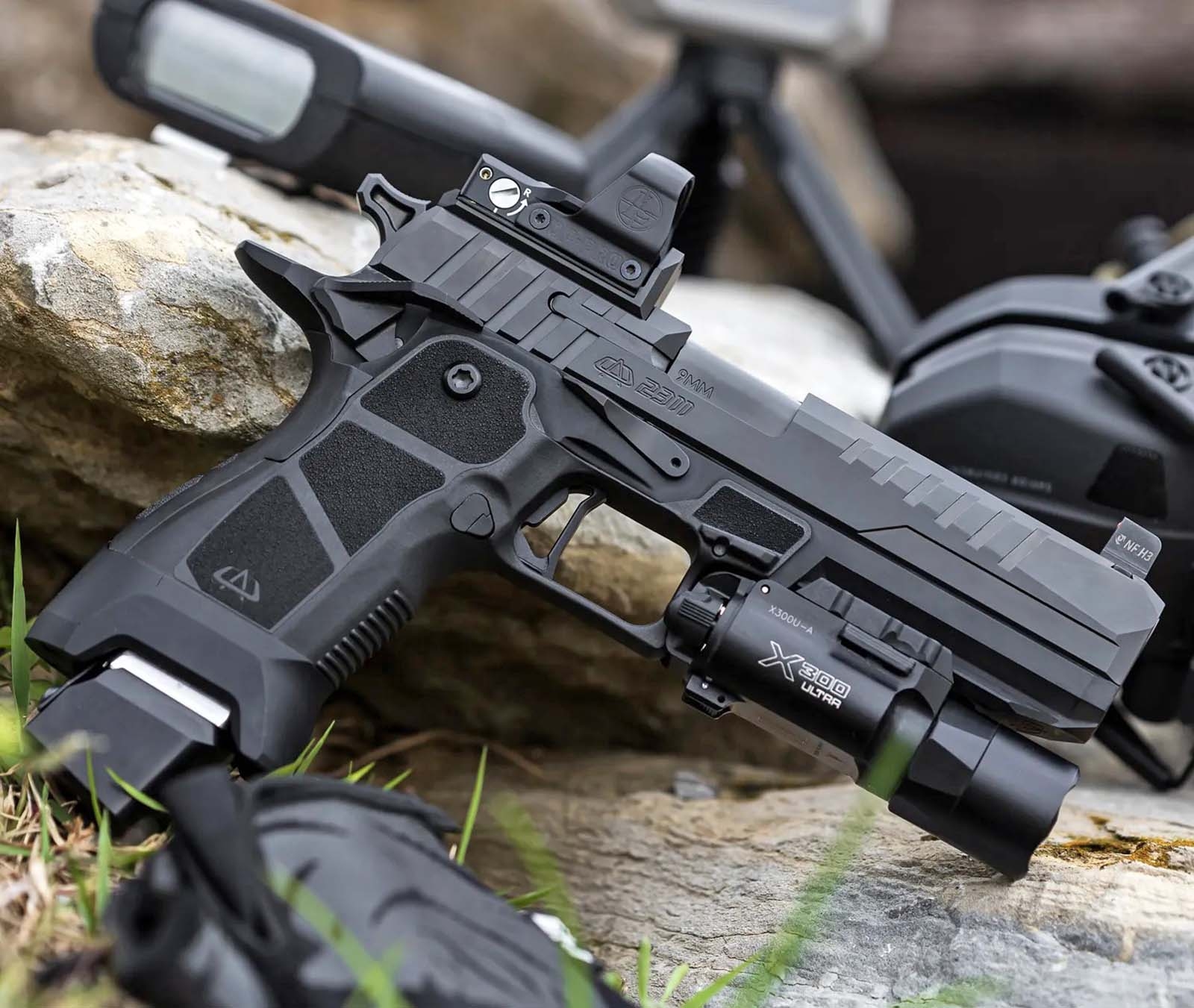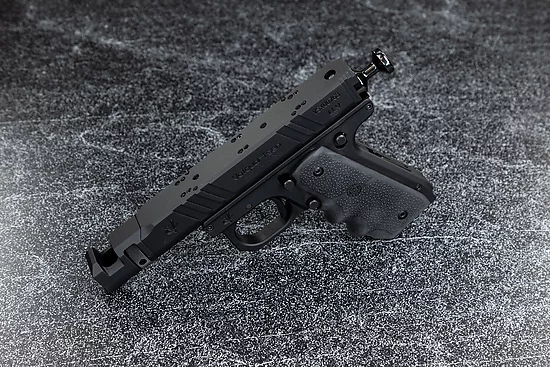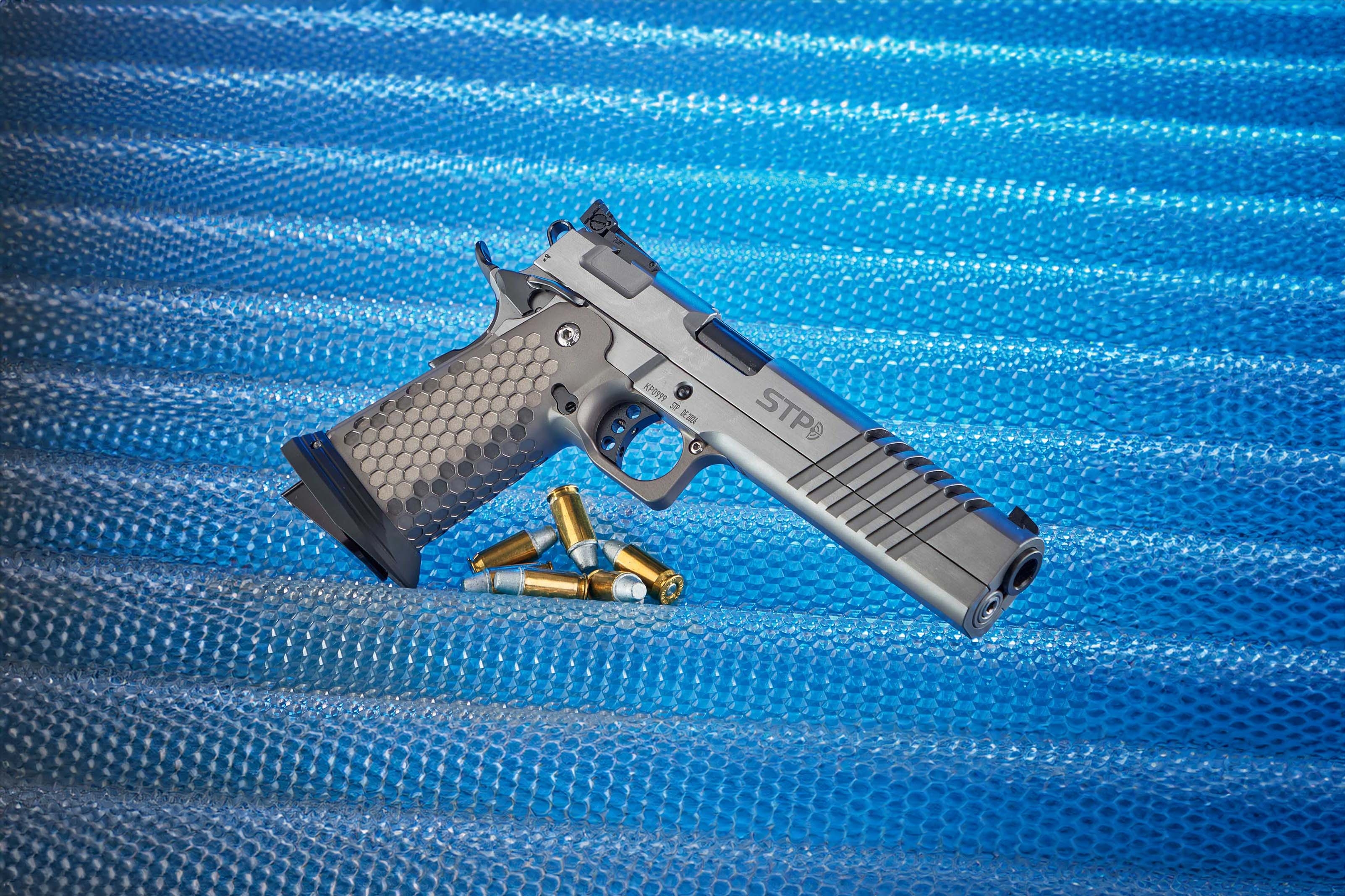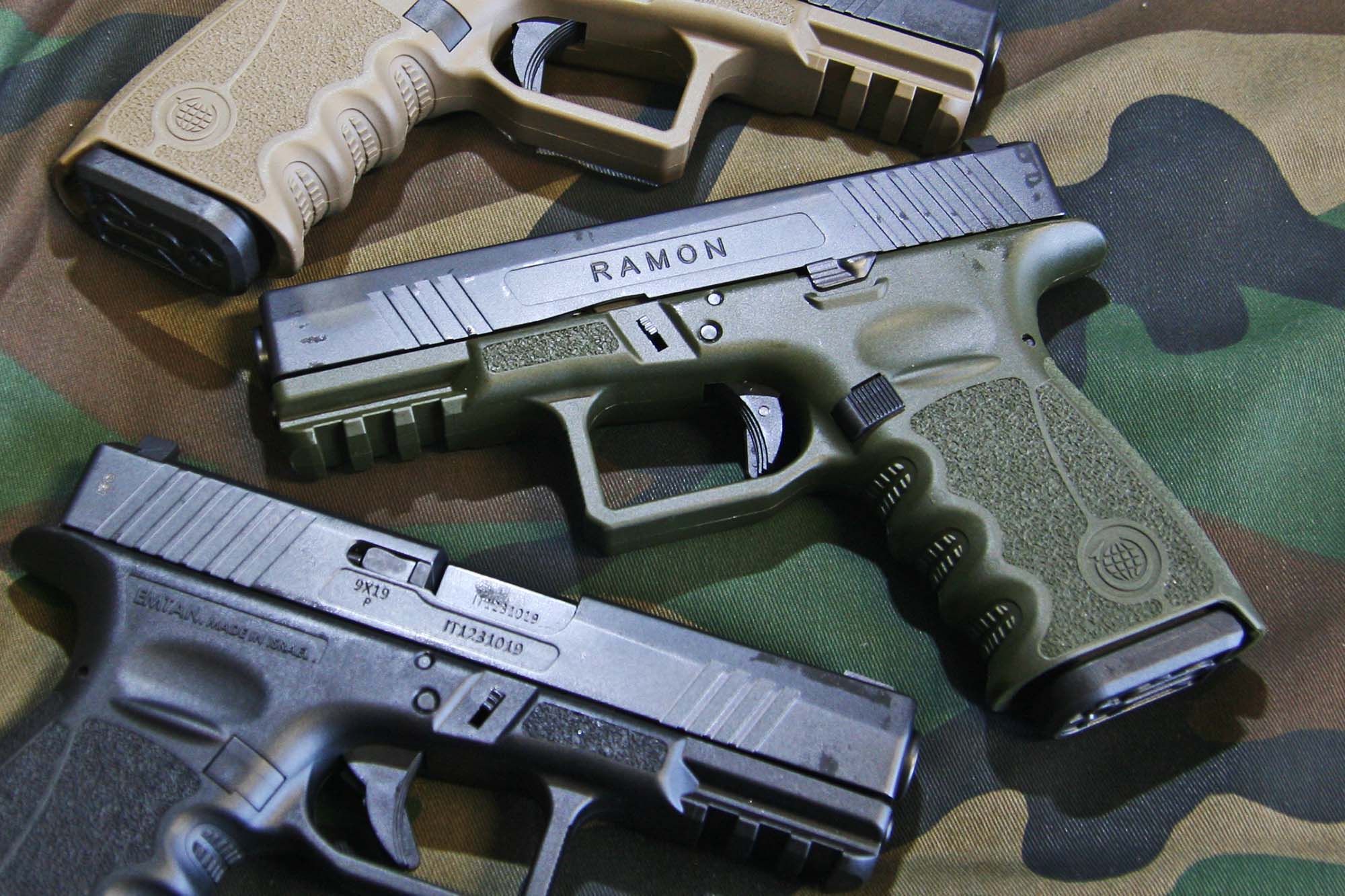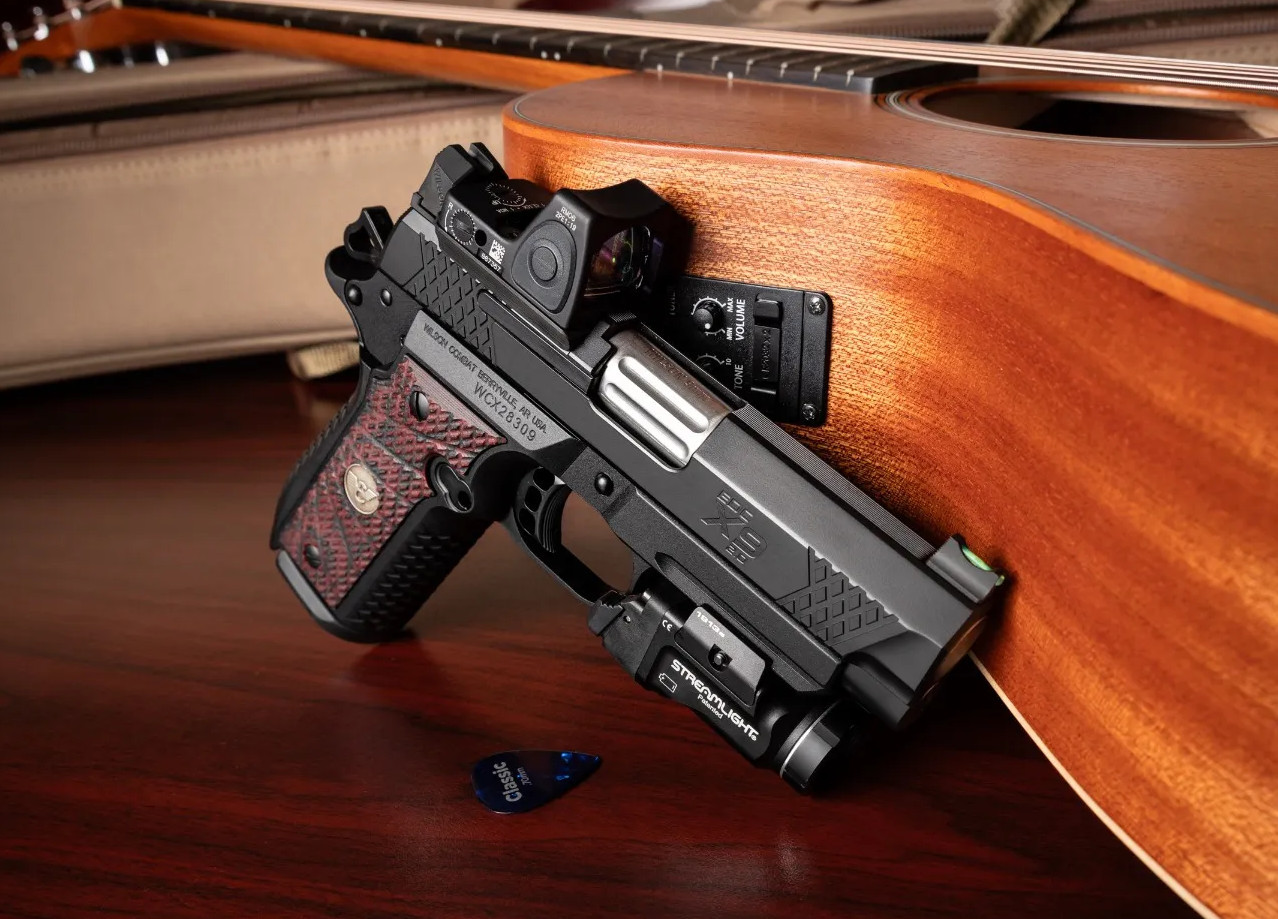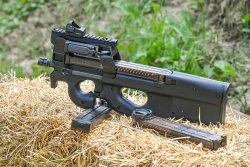
As a gun enthusiast, I have always had a soft spot for PDWs. The acronym stands for Personal Defence Weapon, a firearm for non-specifically trained military or police personnel and troops in branches other than infantry, more compact, light and easy to control than an assault rifle, but more powerful, effective and easy to use than a pistol. The famous US M1 carbine was designed exactly to meet these requirements and can be described as the ancestor of the PDW concept.
And the PDW par excellence, since its official introduction to the market in 1990 along with the Five-seveN pistol and the 5.7x28mm cartridge, is FN Herstal's P90. I had the opportunity to try it in the military selective-fire version on a couple of occasions many years ago, and never in the semi-automatic PS-90 version introduced in 2005 on the US market and featuring a rather ungainly 16.5" barrel with flash hider.
5.7x28mm FN P90, a gun of limited success but great media impact
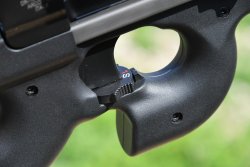
Unfortunately, it cannot be said that FN's PDW, pistol and cartridge were fully understood by the potential military customers or had any great commercial success. In fact, none of the three were designed to be full-scale replacements for individual weapons and cartridges, but were intended for the specific niche use I described at the beginning of this article. And as a PDW, the P90 offered a very technical and professional option with excellent performance, but was unfortunately lacking when considered for other uses.
While in real life its limits relegated it – in very small numbers anyway – to being used as a weapon for special escort duties, such as VIP protection in hot spots, buildings and urban locations, it cannot be said that the gun's "bullpup" design and concept has had bad luck in the world of film, series and video games, and in the popular collective imagination.
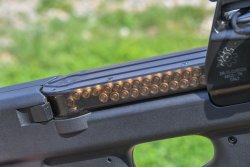
Supporting this popularity was the excellent performance of Peruvian operators during the Japanese Embassy hostage crisis in Lima in 1997, one of the most successful operations of its kind, on a par with the liberation of the Iranian Embassy in London by the British SAS in 1980. And, like the famous Operation Nimrod that propelled the HK MP5 to the level of legendary weapon, Operation Chavín de Huántar made FN's PDW equally famous.
The design of the P90, the simplicity of the blowback operating system, the magazine parallel to the gun's barrel, the cartridge (whose actual performance has been replaced by all kinds of legends over time), and its sighting system really set new standards in the world of individual weapons at that time.
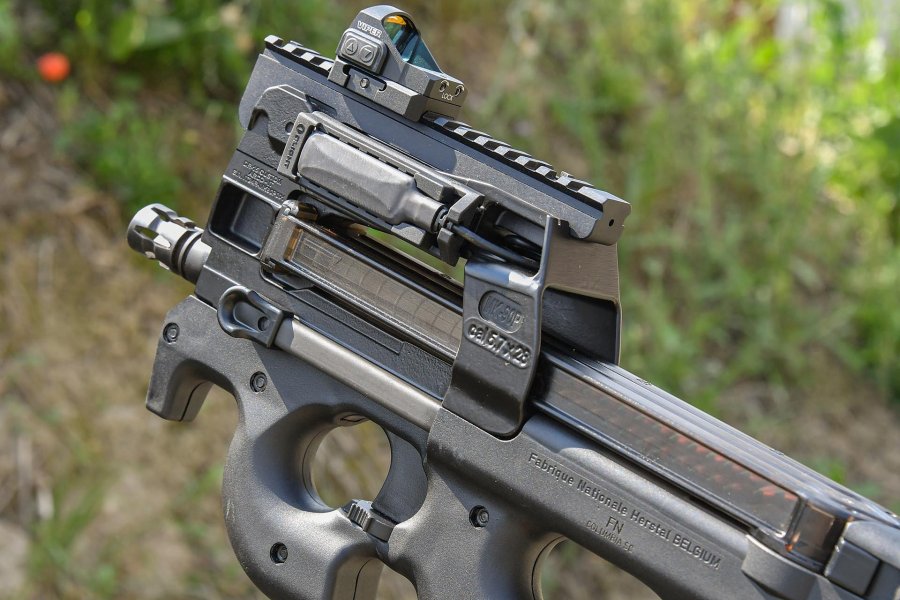
MK-90P by DR-15 Custom, made from original FN components
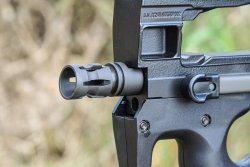
I already dealt in the past with one of the most interesting realities in the Italian arms sector, if for no other reason than the artisan dimension capable of expressing excellence in its field: DR-15 Custom of Arco, near Trento, specialising in unusual firearms. Alongside custom guns in the true sense of the term, i.e. made to customer specifications, DR-15 specialises in the recreation of firearms of great interest and historical significance, or of undisputed popularity but difficult or impossible to find.
That said, the latest "clone" made by DR-15 is none other than the PDW that is the subject of this article: the P90 in its original configuration in 5.7x28. The gun is made using original FN components imported from the USA and is called the DR-15 model MK-90P.
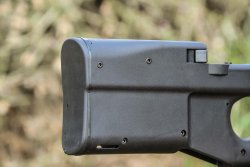
The MK-90P presents the third variant of the weapon, with a 10.4-inch barrel, black polymer receiver, and built-in diopter sights in the upper Picatinny rail on the carrying handle, with two more side rails.
Earlier versions had different types of sights, always in the carrying handle, instead of Picatinny rails, and the PDWs initially appeared in green, but were soon seen in black, grey, FDE, etc. according to order requests. The MK-90P uses 95% original parts, on which the original FN markings are present; others are specially made to original design and specifications, such as the flash hider/compensator still used today by FN and not commercially available on the market.
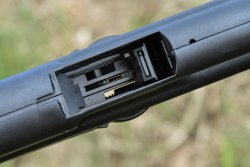
The design and operating system of the original gun are the same as the military one, but without internal components designed for full-auto mode, just like the civilian PS90 model with a 16.5-inch barrel. The bullpup configuration means that the action and trigger are housed in the rear of the stock together with part of the barrel so as to considerably reduce overall dimensions. Another iconic Austrian bullpup weapon – the Steyr AUG – that went into production some 10 years earlier comes to mind: this is relevant as many design choices are very close.
Obviously, the entire gun is designed around the innovative 5.7x28 cartridge and a decidedly characteristic feeding system, namely a translucent double-stack, single-feed box magazine with a capacity of 50 rounds placed above and parallel to the gun. This allowed for an overall size that would be reductive to define small, considering the gun's firepower. The magazine is ingenious: the arrangement of the cartridges is perpendicular to the bore axis and a relatively simple mechanical system rotates the cartridges 90 degrees as they are pushed by the spring through a helical ramp, aligning them with the chamber. The PDW has other notable features such as a bottom ejection port, a low profile non-reciprocating double-sided cocking handle, built-in adjustable sights in the carrying handle, a polymer trigger group, and easy disassembly and tool-free maintenance.
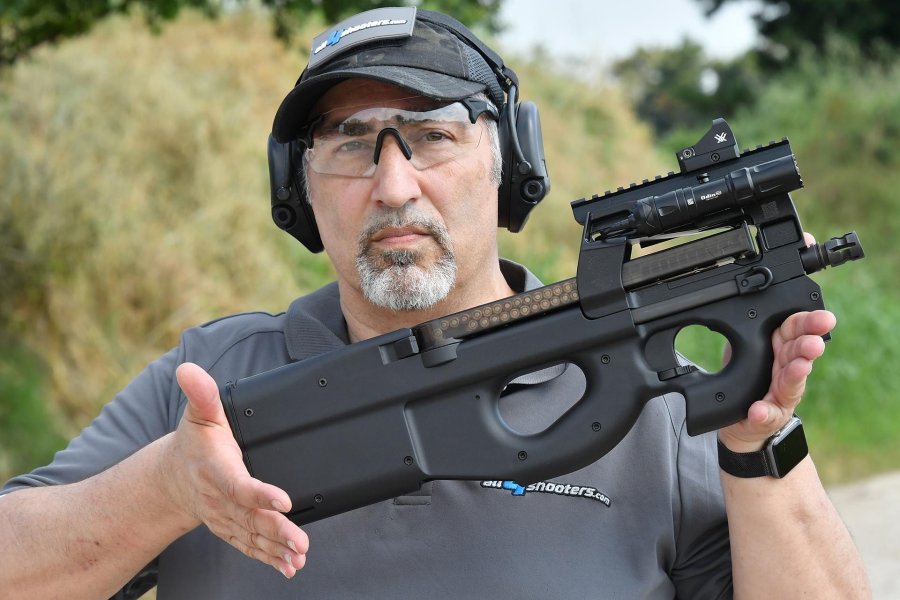
DR-15 Custom MK-90P test fire with Vortex red dot and Odin flashlight from Olight
The MK-90P comes standard with a Cordura carry bag containing the gun, two magazines permanently limited to 30 rounds, cleaning kit and proprietary small tools, safety lock, Italian user's manual and additional documentation.
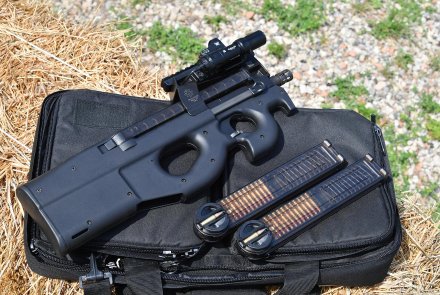
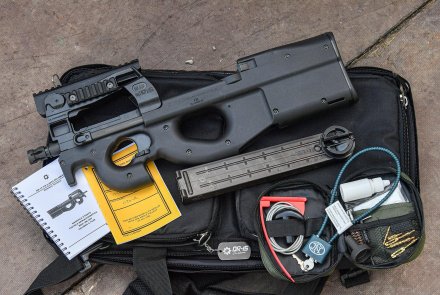
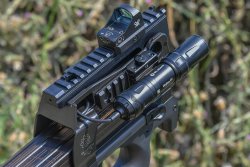
The design "forces" a peculiar but very comfortable grip; the gun is small, squat, not very heavy and gives a feeling of robustness and confidence. Cocking, operated by a low-profile non-reciprocating double-sided charging handle, is smooth and positive.
The trigger is not bad, rather long and not very light but fairly consistent; it derives from the military trigger of which it retains only the semi-auto mode components, and is very reminiscent of AUG's one, being made entirely of polymer with a long metal connecting brace. Filling the magazines requires some trial and error to familiarise oneself with the system, but after that it is relatively smooth. The gun, like the military one, has no hold open so the bolt – clearly visible from above when the magazine is not inserted – can't be locked open.
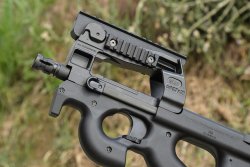
After inserting the magazine you have to pull back the bolt and let it slam home to chamber a round. Once the magazine is empty, the bolt remains in the closed position. Chamber check is easy to perform, however, and the chamber can be easily seen with the magazine removed. The sighting system, though basic, is functional: elevation can be adjusted, and for windage adjustment you have to move the entire Picatinny rail block with a special spanner. the MK-90P I tested had a Vortex mini red dot mounted on the top rail.
When fired, the MK-90P is extremely mild, recoil and muzzle flip being practically non-existent, the noise is sharp and although not very loud it is very penetrating and annoying without hearing protection. I fired several shot strings appreciating both the smooth and flawless operation and the usability of the gun itself once I became familiar with it. Compact and handy at short ranges, it is really accurate: with slower, better aimed shots it produces respectable groupings. Cases are ejected downwards through a bottom port with a cover that opens when the bolt moves, and ejection is quite positive.
DR-15 Custom MK-90P stripping
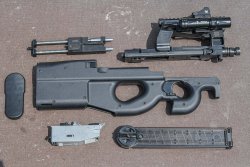
The MK-90P can be stripped down with impressive simplicity and speed. When the gun is unloaded, remove the magazine and cock the hammer, otherwise the bolt assembly can't be removed, and at this point the upper receiver can be separated from the polymer chassis by pressing a button placed under the magazine and pulling the entire upper assembly to the front, including the barrel and receiver. The barrel is floating, features both longitudinal and axial play, and is held in place by a spring and torque tightened by the flash hider, and therefore can't be removed except for extraordinary cleaning or repairs. Tilting the chassis forward the bolt assembly comes out together with the guide rods and recoil springs. This is a truly interesting piece in terms of geometry and solutions, among which the spring-loaded weight sliding along the left rod which is a stabiliser that makes the gun more controllable in full auto. At this point, push the buttstock recoil pad upwards and the entire trigger group can be removed by pressing a spring-loaded button. The whole thing is colored with a sense of déjà vu, and AUG owners will share this feeling just by looking at the trigger group. Follow in reverse order to reassemble the gun.
DR-15 Custom MK-90P: our conclusions
The evaluation of a unique gun such as this one actually transcends ballistic and ergonomic performance: the DR-15 Custom is aimed at enthusiasts and collectors who are being offered for the first time the same military configuration that has never been available in Europe. What is more, it is in fact an FN-Herstal gun, although all components bear the mark of the manufacturer who carried out the assembly operations. Let's face it, anyone who wants an MK-90P just wants a P90 in its originality and uniqueness; there is no point in trying to compare it to other things. Operation is flawless, use is fun and also very effective. The MK-90P is only available to order by contacting DR-15 directly, no commercial distribution is planned. The price may seem high, but it is commensurate with the difficulty and cost of finding the components, and should not exceed 4,800 euros including VAT.



